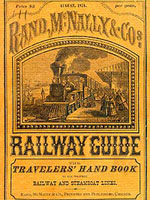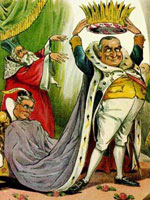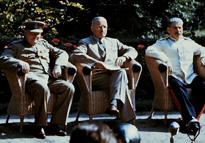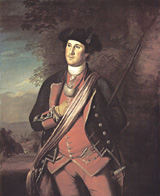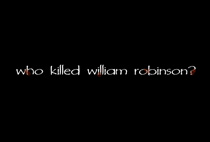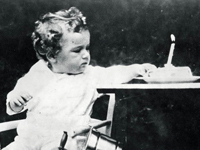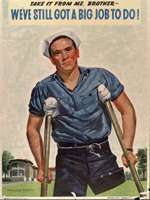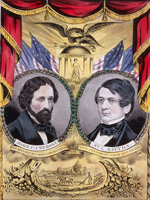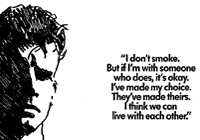Brown@50: Fulfilling the Promise
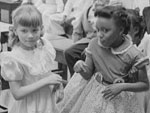
Created for the 50th anniversary of the Brown v. Board of Education decision, this website provides the legal history of the court case, and focuses attention on Howard University's contributions.
The website is divided into five main sections. Chronology presents a timeline of events and offers links to external resources. Brief History is a concise background of the Brown v. Board case and an overview of the case details and impact. Cases & Other Law provides a "legal road to Brown," with court decisions leading up to and following the Brown decision. Biographical Sketches introduces key figures. And Educational & Other Resources links to a wide variety of external websites and resources pertaining both to Brown v. Board of Education and to civil rights more generally.
Brown@50 will be especially useful to those researching the legal arguments of the Brown v. Board of Education Supreme Court case.
